In our Solar System, Jupiter is the largest planet we have, but what’s the upper limit to planetary size?

Jupiter may be the largest and most massive planet in the Solar System, but adding more mass to it would only make it smaller. The sizes of the planets are shown to scale, but the distances between them are not. (Credit: NASA/Lunar and Planetary Institute)
If you get too much mass together in a single object, its core will fuse lighter elements into heavier ones.
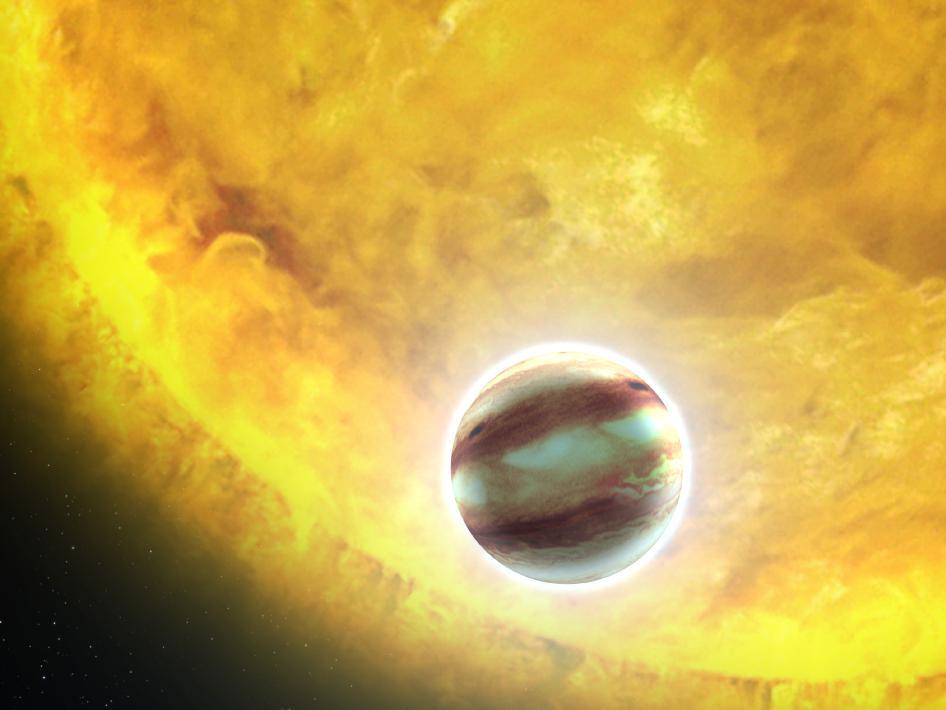
It takes about 75-80 times as much mass as Jupiter to initiate hydrogen burning in the core of an object, but the line between a planet and a star is not so simple. (Credit: NASA/ESA/G. Bacon (STScI))
At about eighty times the mass of Jupiter, you’ll achieve “true star” status, burning hydrogen into helium.
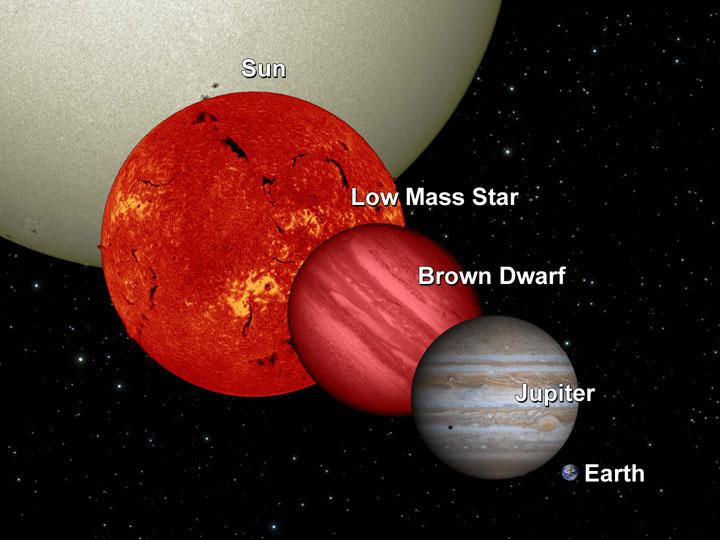
Brown dwarfs, between about 13-80 solar masses, will fuse deuterium+deuterium into helium-3 or tritium, remaining at the same approximate size as Jupiter but achieving much greater masses. Note the Sun is not to scale and would be many times larger. (Credit: NASA/JPL-Caltech/UCB)
But lower than that, at about 14 times the mass of Jupiter, you’ll initiate deuterium fusion, where leftover fuel from the Big Bang slowly self-generates its own energy.
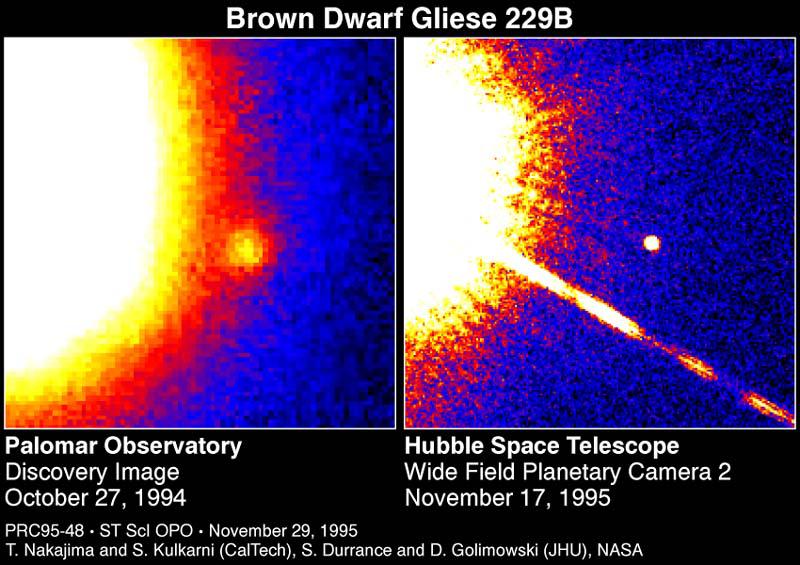
Gliese 229 is a red dwarf star, and is orbited by Gliese 229b, a brown dwarf, that fuses deuterium only. Although Gliese 229b is about 20 times the mass of Jupiter, it’s only about 47% of its radius. (Credit: S. Kulkarni (Caltech), D. Golimowski (JHU) and NASA/ESA)
This line — between a gas giant and a brown dwarf — defines the most massive planet.
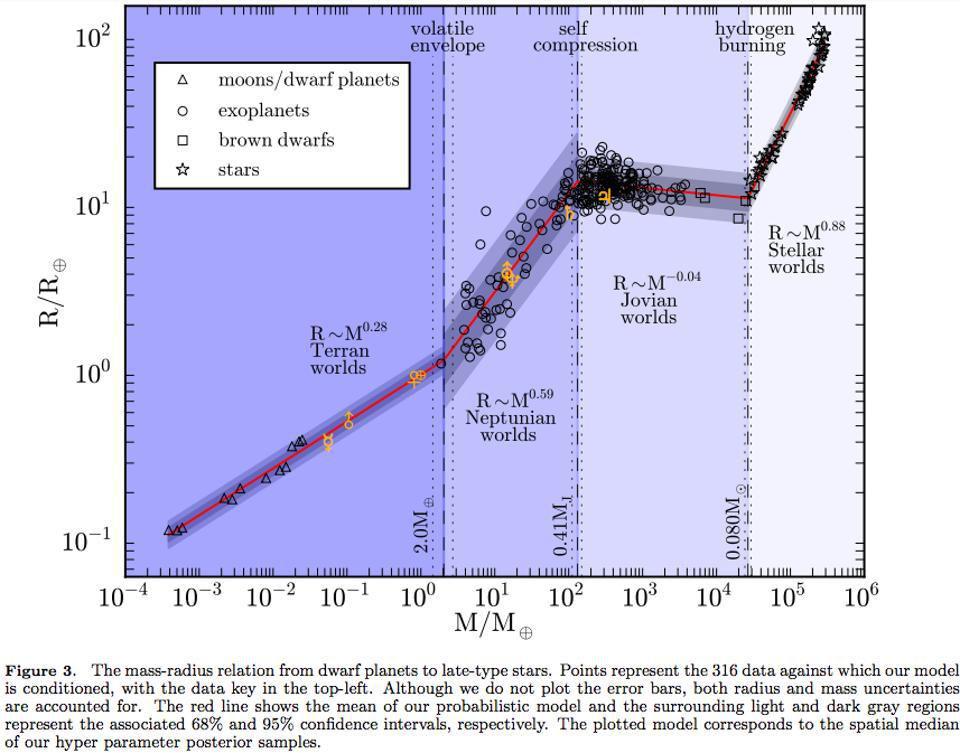
When we classify the known exoplanets by both mass and radius together, the data indicates that there are only three classes of planets: terrestrial/rocky, with a volatile gas envelope but no self-compression, and with a volatile envelope and with self-compression. Anything above that is a star. Planetary size peaks at a mass between that of Saturn and Jupiter, with heavier and heavier worlds getting smaller until true nuclear fusion ignites and a star is born. (Credit: J. Chen and D. Kipping, ApJ, 2017)
In terms of physical size, however, brown dwarfs are actually smaller than the largest gas giants.

Although more than 4,000 confirmed exoplanets are known, with more than half of them uncovered by Kepler, the largest planets out there are only about twice the radius of Jupiter: at around ~25 Earth radii. (Credit: NASA/Ames/Jessie Dotson and Wendy Stenzel; annotated by E. Siegel)
Above a certain mass, the atoms inside large planets will begin to compress so severely that adding more mass will actually shrink your planet.
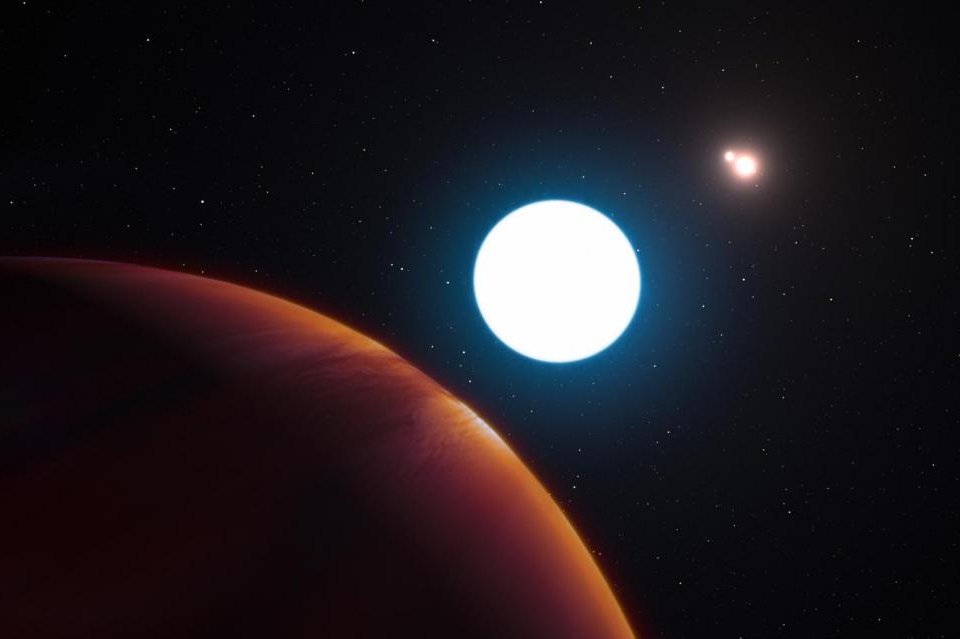
Although there have been many claims of “super-Jupiter” planets that were between 4 and 7 times the radius of Jupiter, follow-up observations have invalidated all of those claims, including around star HD 131399, as illustrated here. (Credit: ESO/L. Calçada/University of Arizona)
This happens in our Solar System, explaining why Jupiter is three times Saturn’s mass, but only slightly physically larger.
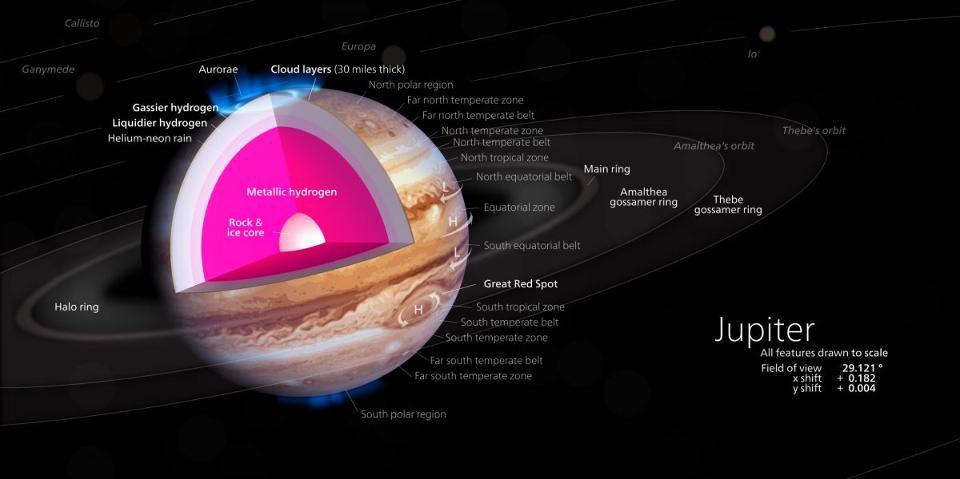
A cutaway of Jupiter’s interior. If all the atmospheric layers were stripped away, the core would appear to be a rocky Super-Earth. Planets that formed with fewer heavy elements can be a lot larger and less dense than Jupiter. (Credit: Kelvinsong/Wikimedia Commons)
But many solar systems have puffy planets made of much lighter elements, without large, rocky cores inside.
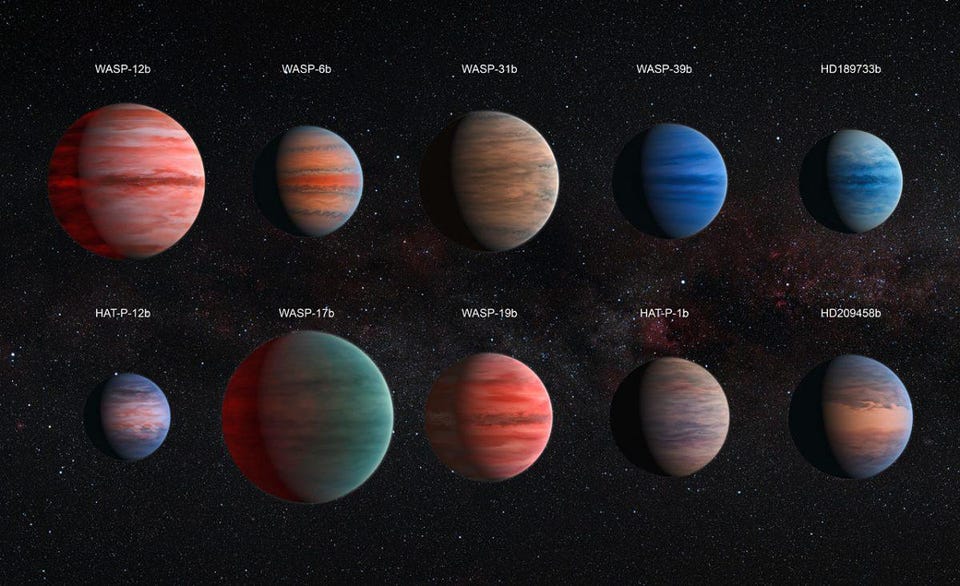
WASP-17b is one of the largest planets confirmed not to be a brown dwarf. Discovered in 2009, it is twice the radius of Jupiter, but only 48.6% of the mass. Many other ‘puffy’ planets are comparably large, but none are yet significantly larger. (Credit: ESA/Hubble & NASA)
The largest planets, like WASP-17b, can be up to twice as big as Jupiter before becoming stars.
Ethan is on vacation. Please enjoy this older article from the Starts With A Bang archives!
Mostly Mute Monday tells the scientific story of an astronomical object or phenomenon in images, visuals and no more than 200 words.
https://bigthink.com/starts-with-a-bang/largest-planet/
2022-03-07 07:00:00Z
CBMiN2h0dHBzOi8vYmlndGhpbmsuY29tL3N0YXJ0cy13aXRoLWEtYmFuZy9sYXJnZXN0LXBsYW5ldC_SAQA
Bagikan Berita Ini














0 Response to "What is the largest planet out of all the ones we know? - Big Think"
Post a Comment